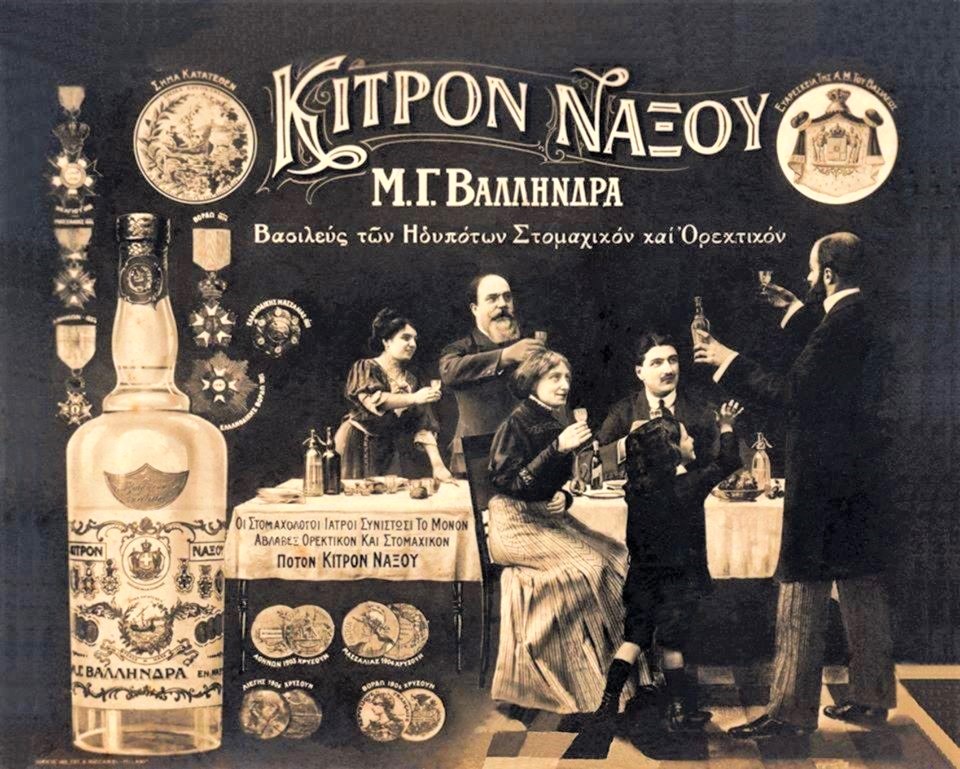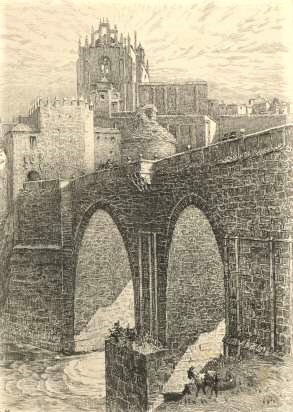
Grove Koger
Today’s post from the series I’m calling “Sea Fever” deals with an account of a surreal voyage by a little-known French writer who died on July 27, 1964.
□□□
La Montagne morte de la vie (Éditions Pauvert, 1967); The Other Side of the Mountain, trans. by Elaine P. Halperin (Houghton Mifflin, 1968)
The son of French novelist Georges Bernanos, Michel Bernanos was born in 1923 and shared a peripatetic life with his parents, traveling to the Riviera, Majorca, Paraguay, and Brazil. He lied about his age to fight with the Free French Naval Forces in World War II, then returned to Brazil for two more years before spending another two in Algeria. Along the way, he made himself into a writer, but published under pseudonyms to avoid confusion with his well-known father.

Bernanos’s only claim to fame in English is this short work, which begins as a typical adventure novel, develops quickly into a harrowing story of survival at sea, and concludes as a surreal meditation on the futility of human aspirations. After a night of drinking, its eighteen-year-old narrator (whose name we never learn) is persuaded by a friend to sign on as a crewman in a galleon. Ignorant of life at sea, he finds himself keel-hauled by the sadistic crew and is saved only at the last moment by the captain. Afterward he’s taken on as an assistant by the ship’s cook, Toine, a stoic character whose perseverance marks him as the novel’s moral center.
As it nears the equator, the ship is becalmed, and its crew, deprived of food and water, begin to go mad, resorting to mutiny and cannibalism. Rain finally arrives, but it trails a gale behind it that destroys the ship. Cast adrift, Toine and the young man eventually reach land, but it’s a land like none they’ve ever encountered, with blood-red soil, threatening plants, and disturbingly lifelike statues of men and women. A pulse-like beat shakes the ground. They find themselves drawn to a distant mountain, but after a struggle to reach the summit they find themselves at a kind of dead end, doomed to … But I’ll leave that revelation for you to discover.
Like his two characters, Michel Bernanos himself reached a kind of dead end on July 27, 1964. He killed himself in the Forest of Fontainebleau near Paris, having carried—in a gesture that in retrospect appears all too obvious—an empty travel bag into the forest with him. Like his other literary works, The Other Side of the Mountain dates from the early 1960s, but it was published only after his death.
The fantastic voyage has a long and varied history, ranging from Homer’s Odyssey (8th century BC) to Edgar Allan Poe’s Narrative of Arthur Gordon Pym of Nantucket (1838) and William Hope Hodgson’s Boats of the “Glen Carrig” (1907) and beyond. I’ll be discussing those works and others in future posts.
□□□
The image at the top of today’s post reproduces the cover of my Dell paperback edition, but its artist is not identified.













